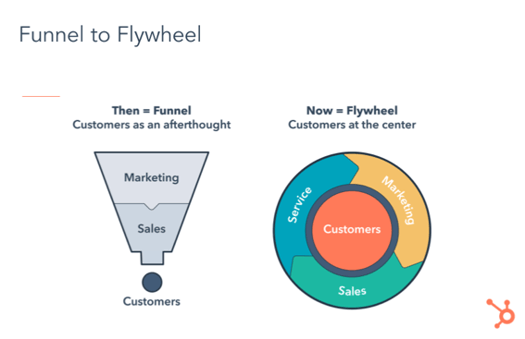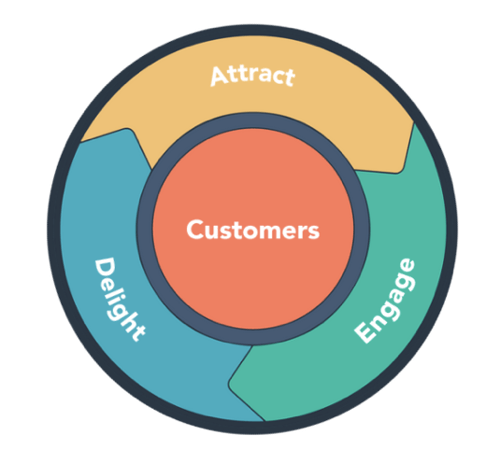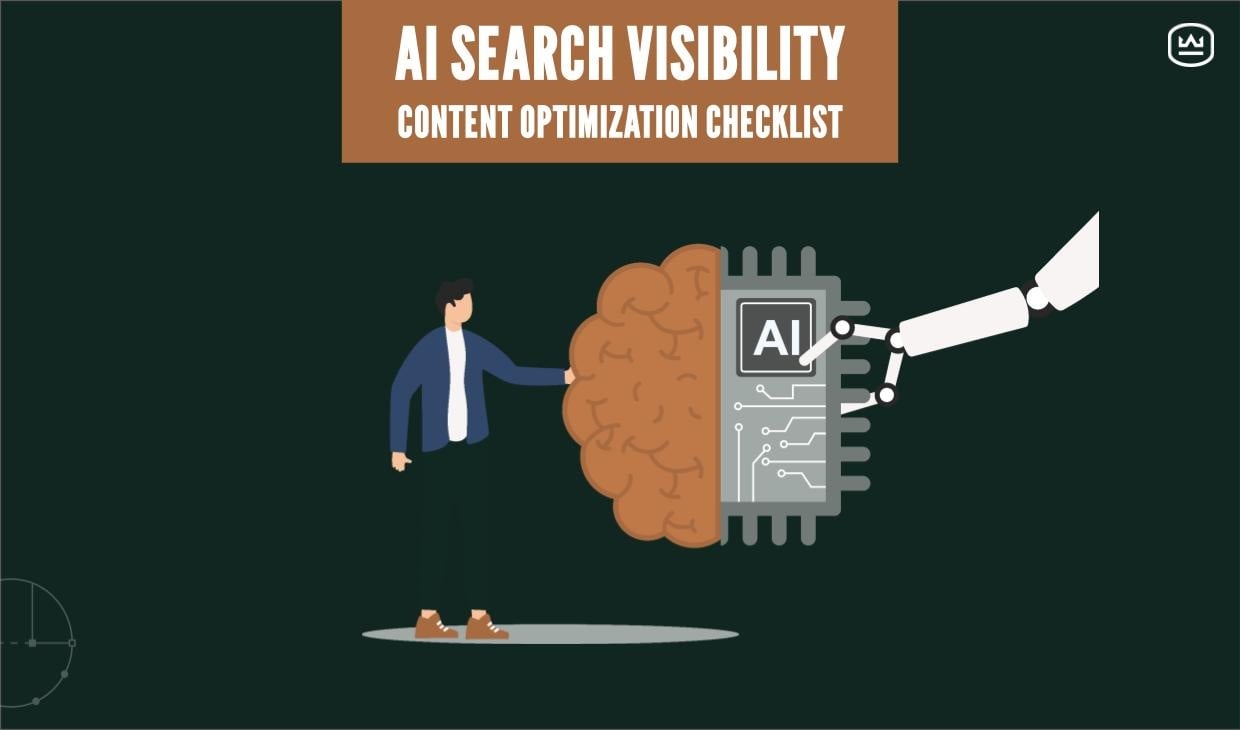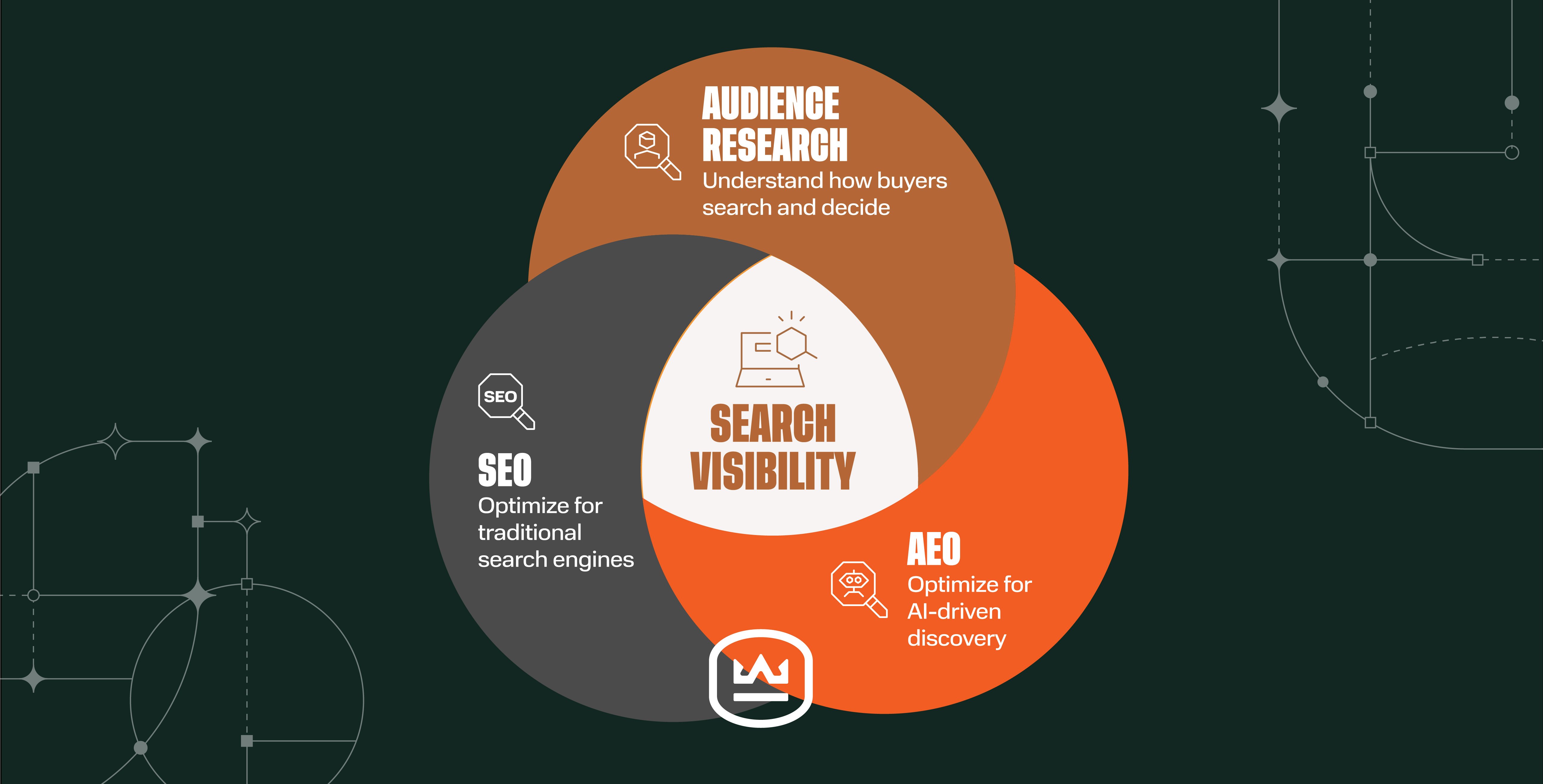The Power of the Flywheel (Part 1): Grow Your Business Better
Written by
If you’re at all familiar with inbound marketing, you’ve likely heard about the flywheel. It was introduced by HubSpot at Inbound 2018 to, in theory, replace the traditional sales funnel.
While the flywheel in its mechanical sense is centuries old, it’s a new concept in today’s digital marketing landscape as it relates to lead attraction and retention. Not unlike its original intent, however, the inbound flywheel relies on reciprocation and inertia created by existing customers to keep your sales cycle going strong.
Does it completely replace the sales funnel or is it yet another layer to consider in your inbound marketing strategy? Hear Inbound Strategist, Frank Isca share his expertise and insights in Part 1 of a four-part video series.
Click below to watch Part 1 (3 min) or the whole series (12 min); the transcript is below if you prefer to read Part 1.
TRANSCRIPT: The Power of the Flywheel (Part 1) — Grow Your Business Better
Hi, I’m Frank Isca, Strategist at Weidert Group. The purpose of this video is to give you an overview of what’s called the marketing flywheel. This is the first in a 4-part series designed to help you think differently about what it takes to achieve sustainable, profitable growth.
The flywheel is a relatively new concept to marketers, and some people think it has replaced the traditional sales funnel. In fact, the flywheel hasn’t replaced the funnel: the funnel looks at where prospects are in your sales pipeline relative to making an initial purchase, but it doesn’t provide the whole picture because it ends when the opportunity is closed either as won or lost business.

Source: HubSpot
The flywheel, on the other hand, is a way to look at the stages of prospect and customer attraction, engagement and delight. But the main funnel stages are very much like the 3 stages of the flywheel: attraction, engagement and delight.
Here’s the big difference, though: If you’re only looking at the traditional sales funnel, you’ve probably identified teams within your company to take responsibility for connecting with prospects at each stage: Marketing is in charge of attracting prospects, Sales is in charge once the prospect becomes a qualified lead, and Customer Service is in charge once the lead has become a customer.
What the flywheel does that the funnel doesn’t is recognize those with the most potential to grow your business – existing customers – and recognize the need for every team – Marketing, Sales and Customer Service – to continually deliver value. Customers are at the center of the flywheel, and everyone in the organization is responsible for attracting, engaging and delighting customers and prospects.

source: https://blog.hubspot.com/marketing/our-flywheel
Why is the customer at the center of the flywheel? Because we know that it costs 10 times more to secure a new customer than it does to do everything in your power to retain (and get deeper into) an existing customer. And, when you focus on keeping customers happy and on getting deeper into their organizations, they help power your efforts to secure new customers.
The Attract, Engage and Delight stages of the flywheel are distinct in that what you’re doing for the customer or prospect is different, because where they each are in their buyers journeys is different. And, what Marketing, Sales and Customer Service are providing these people is different, too. We’ll get into what these teams can, and should, be doing at each stage in the upcoming videos.
We’ll also talk about force and friction. Force is what fuels the flywheel with positive energy at each point, and friction is what can slow it down by depleting energy. We’ll talk more about each marketer’s mission to identify opportunities to add force at all points of the flywheel, as well as to determine where on the flywheel friction exists that’s slowing us down.
So that’s the basic overview of the marketing flywheel. We’ll put plenty of context around it in the next three videos, where we’ll give concrete examples of how you can reduce friction and increase force in each stage in the flywheel for your business.
What’s Next?
You don’t need to abandon your inbound marketing and sales funnel and completely shift directions. The flywheel concept is merely a new mindset that helps you identify new opportunities and focus your energies where they’ll have the greatest impact (and the greatest potential ROI).
Be sure to check out parts two, three and four of this flywheel series if you didn't already watch all the chapters in the video above!
Of course, to truly delight customers means getting everyone on the same page from the start — especially your Marketing, Sales and Service departments. Check out our helpful Flywheel Overview & Workbook to assess your current forces and friction and get your teams working together to grow your business.
Subscribe To Our Blog
Information. Insights. Ideas. Get notified every time a new Weidert Group blog article is published – subscribe now!
You May Also Like...

Search Engine Optimization
How Falcon Rebuilt Industrial AI Search Visibility in 2025

Search Engine Optimization
The New Search Visibility Checklist for AI-Era Content Marketing

Search Engine Optimization
SEO Isn’t Dead. It’s Evolving: How B2Bs Can Stay Visible in the Age of AI
Accelerate Your Growth with
Weidert Group
If you’re ready to explore a partnership, request a personalized consultation with our team.
